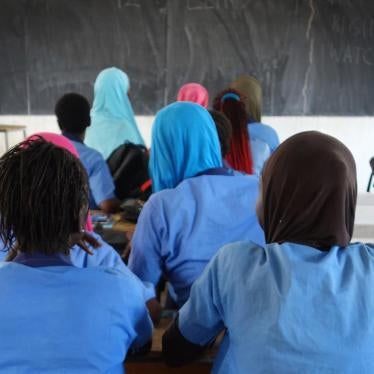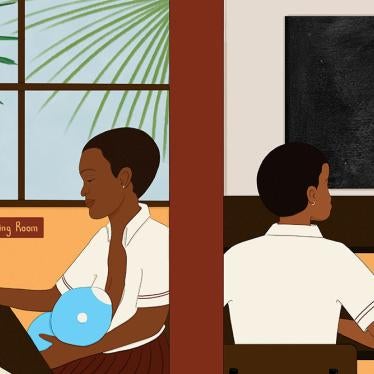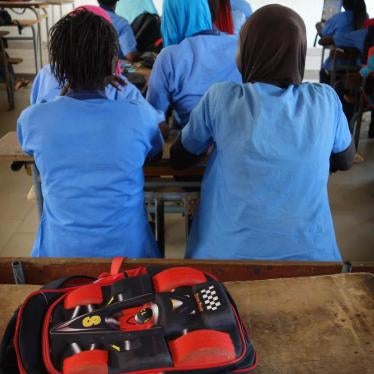Bangladesh: Foreign Aid Cuts Affect Rohingya Children’s Education
Support Community-led Schools for Refugee Students

An estimated 244 million children are out of school worldwide, including almost 180 million children at the secondary level. Moreover, nearly half of all preschool-aged children—more than 175 million children—are not enrolled in a pre-primary education program. Discrimination of marginalized groups by teachers and other students, long distances to school, formal and informal school fees, and the absence of inclusive education are among the main causes. Millions stop going to school to work long hours, often under hazardous conditions. Others experience violence or abuse from teachers or fellow students, or find their schools targets of armed attack. Some girls are denied an education when they become pregnant or are forced out of school to marry. Even when in school, millions of children receive a poor-quality education that leaves them lacking essential skills and knowledge, including about their sexual and reproductive health and rights. Youth who are in institutions or prisons often get substandard education or none at all. As children increasingly rely on technology to learn, governments have been slow to provide children with the same protections as they enjoy in their physical classrooms, enabling the misuse or exploitation of children’s personal data collected from online educational settings.
Support Community-led Schools for Refugee Students


Convoluted Residency Requirements, Costs, Discrimination Impede Access to Schools
Academic Freedom in Hong Kong Under the National Security Law

Most African Governments Don’t Meet Global Funding Benchmarks

Acknowledge Widespread Abuses and Call to End Impunity

No girl should be denied her right to education as a result of pregnancy




New Budget Advances Equal Opportunities for All Students


Police Detain, Forcibly Disappear, Prominent Tibetan Educators
